A good service desk is essential for maintaining an efficient and responsive IT environment in an organization. It serves as the single point of contact between users and IT service management. Here are the key components that contribute to making a service desk effective and successful:
Knowledgeable Staff:
The service desk staff should be technically skilled and trained to diagnose and resolve issues efficiently. They should also have excellent communication skills to effectively interact with users.
User-Friendly Interface:
The service desk should have an intuitive, user-friendly interface that makes it easy for users to report issues and request services.
Effective Communication:
The service desk should be able to communicate clearly and effectively with users through multiple channels, such as phone, email, chat, and self-service portals.
Quick Response Times:
A good service desk should prioritize and respond to tickets in a timely manner.
Robust Knowledge Base:
Having a well-maintained and easily accessible knowledge base helps service desk staff and end-users to resolve issues without requiring direct interaction.
Self-Service Options:
Providing users with the tools to resolve their own issues, where possible, can greatly reduce the workload of the service desk and improve user satisfaction.
Effective Escalation Procedures:
Not all issues can be resolved by the first line of support. A good service desk needs effective escalation procedures to ensure more complicated issues are sent to the appropriate experts.
Continuous Training:
Regular training programs for staff to ensure they are up-to-date with the latest technologies and best practices.
Performance Metrics and Reporting:
Service desks should have a strong set of Key Performance Indicators (KPIs) and metrics to track their performance and continuously identify areas for improvement.
Customer Service Focus:
Besides technical skills, service desk staff should have excellent customer service skills. They need to be empathetic, patient, and proactive in addressing users’ issues.
Automation and Integration:
Automating repetitive tasks and integrating with other systems (like asset management, or IT operations management systems) can help the service desk function more efficiently.
Feedback Mechanisms:
A good service desk will actively seek feedback from users and use this feedback to improve its services.
Disaster Recovery Planning:
The service desk should have plans in place for continuing operations in the case of a disaster or significant disruption.
Cost-Effectiveness:
Managing the budget effectively without compromising the quality of service is crucial.
Compliance and Security:
Ensure that the service desk operations comply with relevant regulations and maintain a high standard of security to protect sensitive data.
Regular Updates and Improvement:
The IT landscape is always changing, and a good service desk must continually adapt and update its tools and processes.
In summary, a good service desk is user-centric, efficient, and constantly evolving based on user feedback and changing IT environments. It aims not only to resolve issues but to do so in a way that is user-friendly, timely, and effective.



Comments are closed